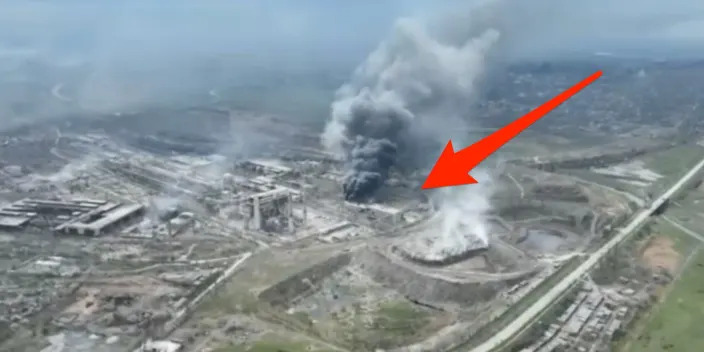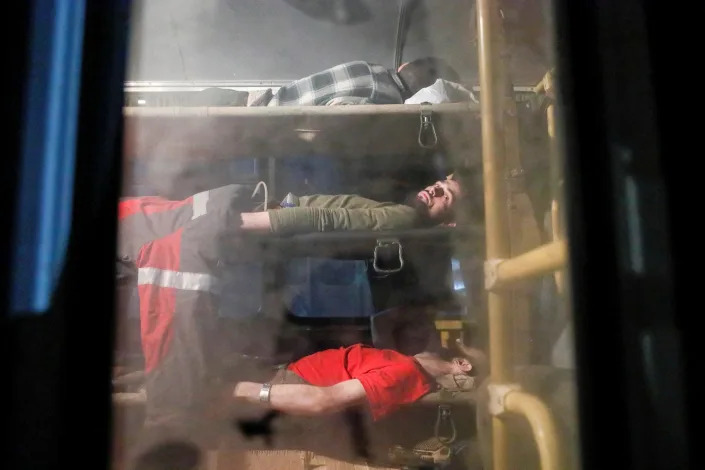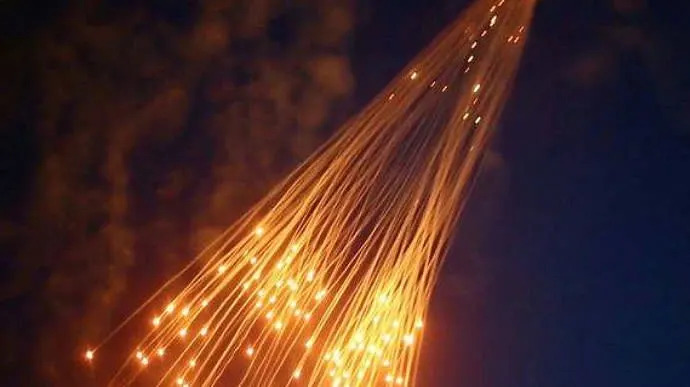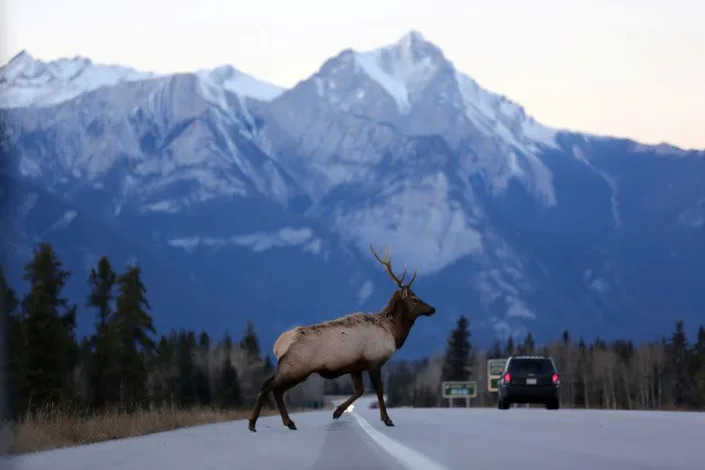
REUTERS / ANTON VAGANOV
By Samanth Subramanian
Looking into the Future of Capitalism
Published May 16, 2022
As companies flee Russia, their Russian employees are seeing their jobs suddenly vanish. Tens of thousands of such employees will be cut loose into an economy where inflation is at a 20-year-high, and where diverse, flourishing jobs were hard to find even before the Ukraine war.
McDonald’s leaves behind fast-food workers: 62,000 of them, across 850 restaurants. (They will continue to be paid until the outlets are sold to a local buyer, the company said.) Renault employed 45,000 people in Russia. Ikea’s 15,000 staff will be paid only until the end of August. Siemens had 3,000 people on its rolls in Russia, until it left the country in mid-May. Blue-collar and white-collar workers alike are joining the unemployed in a fast-building jobs crisis.
The Russian unemployment rate, which hovered around 4.6% in the first quarter of 2022, is likely to rise to 9% by the end of the year, according to a survey of analysts that Bloomberg conducted in April. Simultaneously, Russian year-on-year inflation shot up to nearly 18% in April. The combination will lead to a cost-of-living crunch that will hurt the average Russian citizen as well as the economy badly. According to a leaked document, Russian’s finance ministry expects the GDP to shrink by 12% this year, erasing a full decade of economic growth.
QUARTZ ESSENTIALS
Facts and figures to help you put this story in context.
Everything you need to know about the conflict in Ukraine, and the impacts on the global economy.
WHY DID RUSSIA INVADE UKRAINE?

Russia’s invasion in Ukraine is driven in part by historical and cultural ties to the region.Ukraine was part of the Soviet Union until it collapsed in 1991.
Ethnic Russians accounted for 17% of its population at the time the last census was taken in 2001.
During the two decades Vladimir Putin has been in power in Russia, he has been focused on bringing Ukraine back into the country’s sphere of influence.
One of Putin’s earlier salvos included calling for a ban on potential Ukrainian membership in the North-Atlantic Treaty Organization (NATO)

















